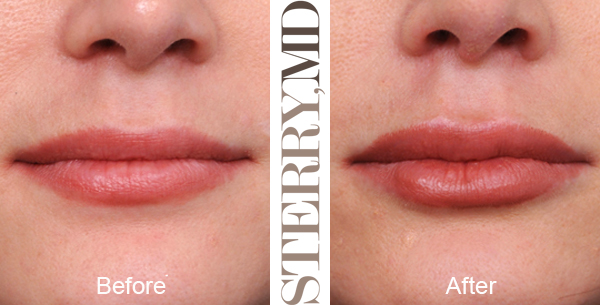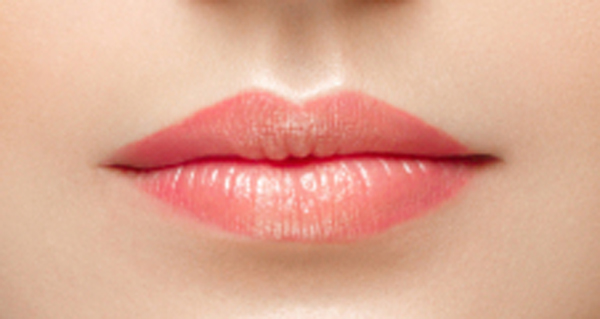Many of the women who walk into my New York plastic surgery practice come in seeking lip augmentation with a beautiful, natural, fuller look. The key word is “natural” as they immediately point out that they do not want the “duck-faced” or “sausage-shaped” lips of the past.
Over the past couple of years, I have refined my technique so patients get shape and contour along the entire length of the lips and mouth area, not just adding volume in a straight line. This results in a much more natural look.
There are 2 basic ways to enhance the lip area: lip fillers from a box such as JUVÉDERM® or by fat transfer. Fat transfer involves doing a little liposuction from one area and transferring the extracted fat to the mouth. As we age, we lose facial volume, and this loss results in cheek drooping and wrinkles around the mouth. Both lip fillers and fat transfer work to offset this loss around the lips.

Lip enhancement should be done with good taste and shape in mind. It is not simply a matter of making them “bigger”.
Using Fillers
In the non-surgical option of lip enhancement, I have started treating the whole mouth to try to create a more natural result. Injectable fillers are generally the best way to treat superficial lines around the mouth area and volumize the lips. Injections are done in a short office visit with some localized anesthesia, and the recovery is fairly quick with only mild redness and bruising.
In order to achieve a natural lip look, I personally like to inject the philtral columns (the vertical humps in the middle of the upper lip) and the superior lip tubercle (center of the upper lip) in the middle. Then on the bottom lip, I try to make 2 separate injections at the tubercles on the right and left of the midline such that the upper one fits between them. Patients get natural shape in many areas and avoid the sausage lip.
While JUVÉDERM may last up to a year in other areas, I find its longevity reduced dramatically in the lips. In fact, no matter which filler I use at my New York practice, the most we can hope for is 4 to 5 months in the lip region.
Check out my photo gallery to see some examples of lip augmentation with JUVÉDERM.
Using Fat
Fat transfer is a surgical procedure that requires liposuction from one area of the body and injecting that fat to enhance another. For lip enhancement, fat is harvested via liposuction and then injected back into the mouth area.
It is a permanent enhancement (provided that the fat lives) and is used to treat volume loss with replacement, not necessarily to correct fine lines. Fat transfer to improve volume often improves skin tone and texture around the mouth area, creating a natural look. Recovery from the fat transfer procedure is fairly mild with a few days of bruising and swelling. It is more expensive than fillers, but with a high success rate it is a great option for a permanent, natural solution.
The only downside to this technique is that sometimes the fat does not survive. It is a poorly understood phenomenon, but when the fat doesn’t survive, the patient gets almost no result. This is the main reason I don’t endorse the technique more steadfastly.
If you have been thinking about lip enhancement and are unsure about what procedure is right for you, please schedule a consultation where we can discuss your desires and find the solution that is right for you.



Leave a Reply